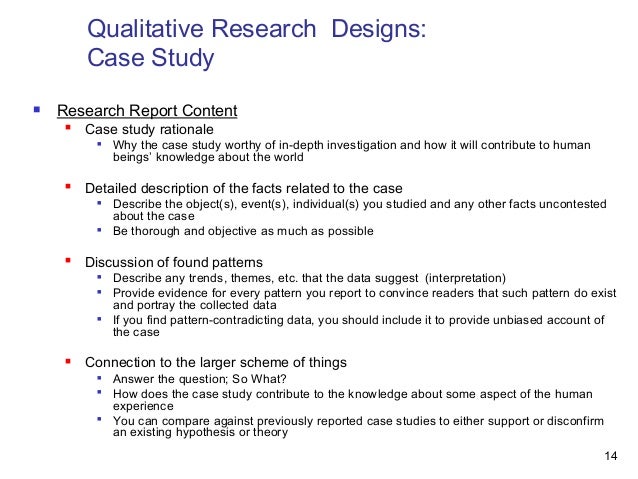Do you scour the internet for 'qualitative comparative case study design'? Here you can find the answers.
Table of contents
- Qualitative comparative case study design in 2021
- Comparative case study analysis
- Case study examples
- Comparative case studies examples
- Comparative case study advantages and disadvantages
- Comparative multiple case study
- "comparative case study" dissertation
- Comparative case analysis
Qualitative comparative case study design in 2021
 This image shows qualitative comparative case study design.
This image shows qualitative comparative case study design.
Comparative case study analysis
 This image demonstrates Comparative case study analysis.
This image demonstrates Comparative case study analysis.
Case study examples
 This picture shows Case study examples.
This picture shows Case study examples.
Comparative case studies examples
 This picture demonstrates Comparative case studies examples.
This picture demonstrates Comparative case studies examples.
Comparative case study advantages and disadvantages
 This picture illustrates Comparative case study advantages and disadvantages.
This picture illustrates Comparative case study advantages and disadvantages.
Comparative multiple case study
 This image shows Comparative multiple case study.
This image shows Comparative multiple case study.
"comparative case study" dissertation
 This image demonstrates "comparative case study" dissertation.
This image demonstrates "comparative case study" dissertation.
Comparative case analysis
 This picture representes Comparative case analysis.
This picture representes Comparative case analysis.
What is the comparative Ca se study approach?
We consider the comparative ca se study approach to be a heuristic. Derived from a Greek word that means in the process of discovery or problem-solving. It is not a recipe or a set of rules. Rather, through comparison. Fol lowing Ragin’s suggestion to conceptualize a case using theo- and scales.
What are the limitations of comparative case study?
Case studies and qualitative comparative analyses share a common explanatory limitation with quantitative models—they are fundamentally heuristic rather than definitive.
Why are comparative case studies an innovative approach?
As we explicate our approach, we also contrast it to traditional case study research. We contend that new approaches are necessitated by conceptual shifts in the social sciences, specifically in relation to culture, context, space, place, and comparison itself.
How is qualitative research used in a case study?
Qualitative research tends to focus on human agency (and hence widespread individual variability) rather than on structural agency (and hence recurrent comparability). Qualitative research is often used in case studies, including comparative case studies and extended case studies.
Last Update: Oct 2021